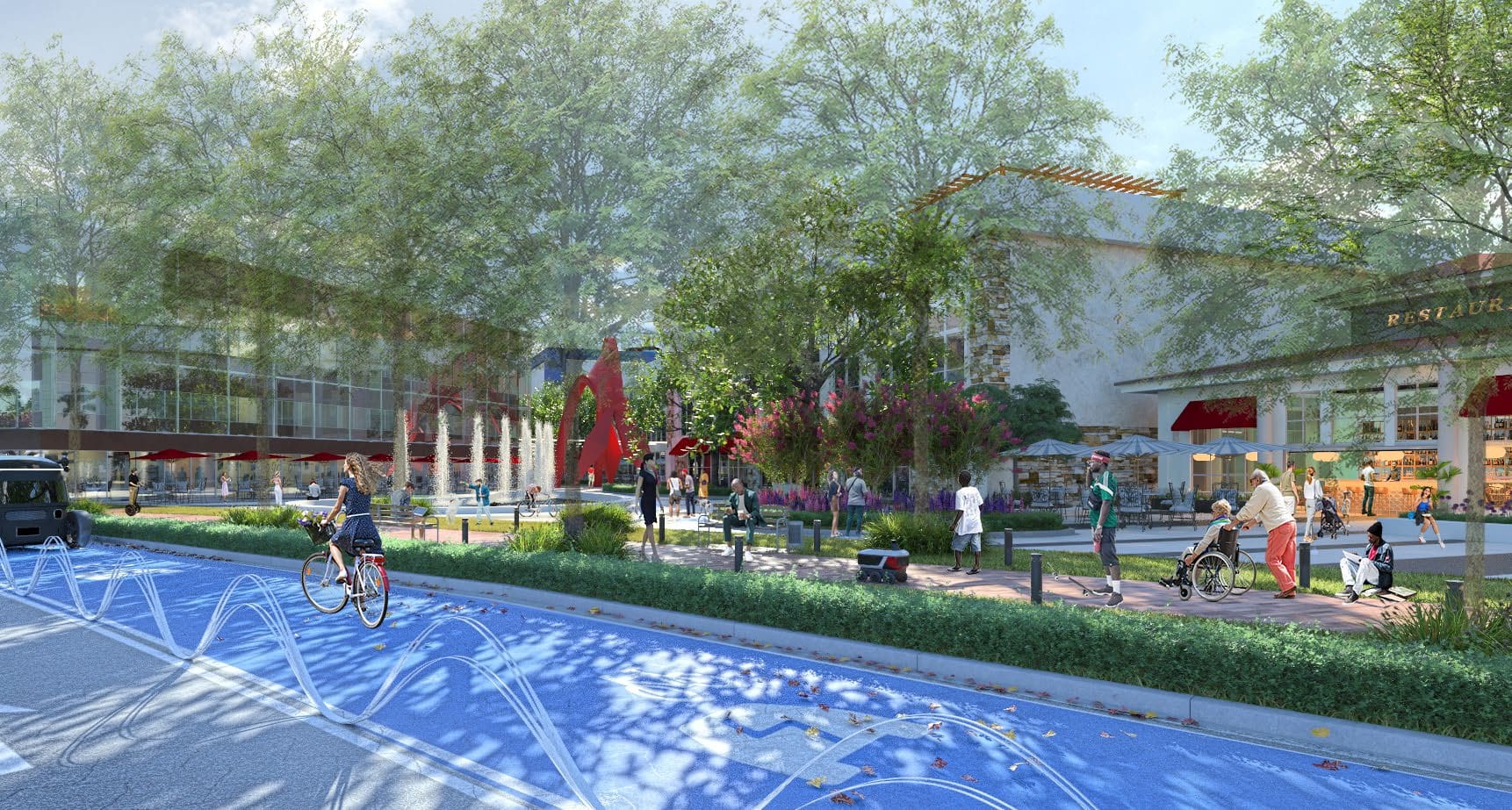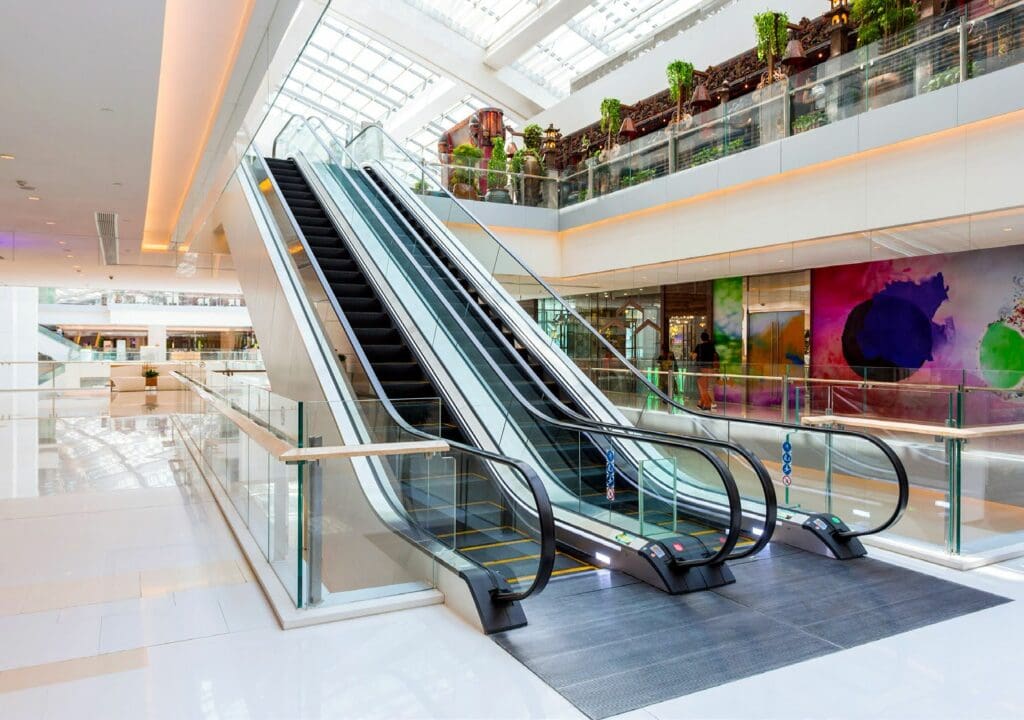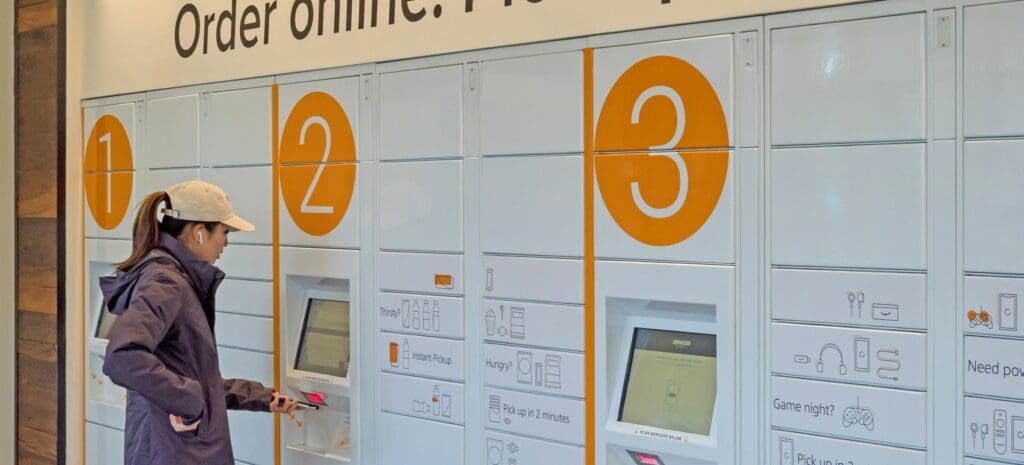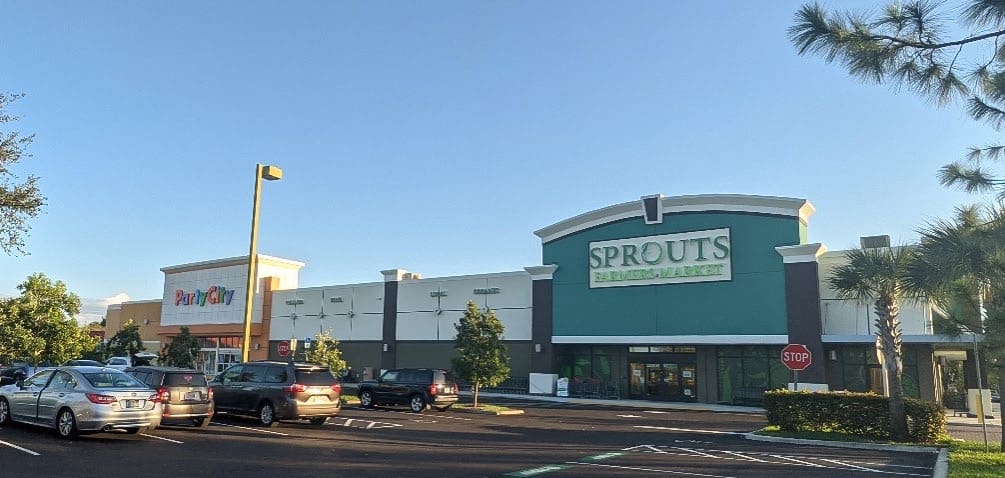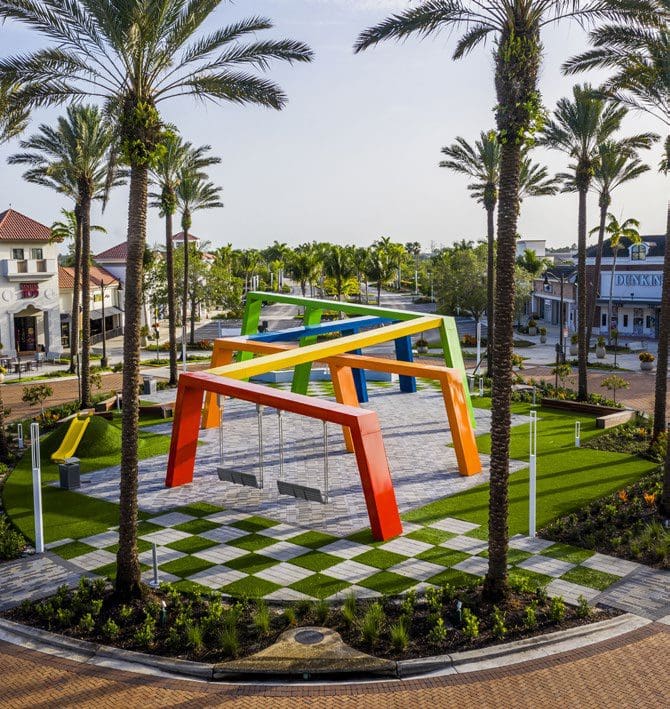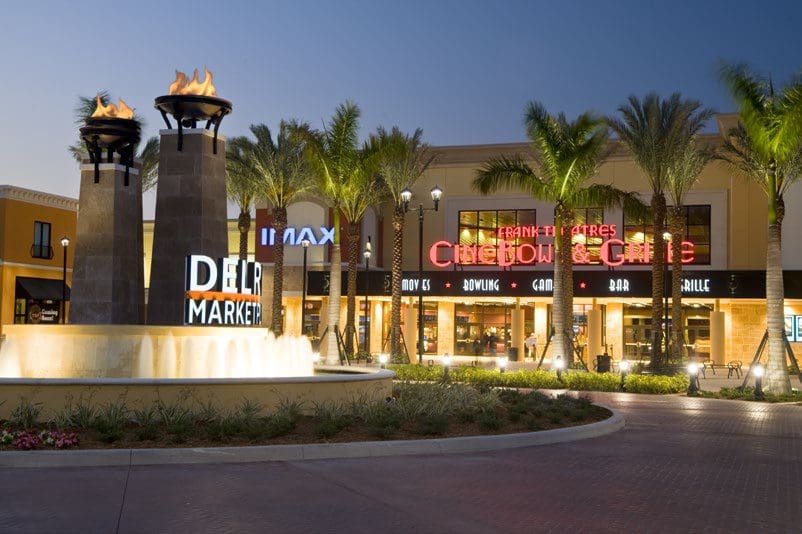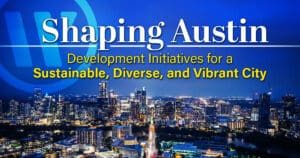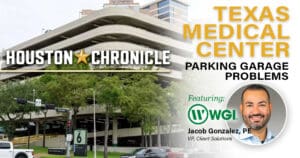Download this article as a PDF
Headlines covering the state of America’s malls paint a bleak future. Already reeling from shopper defections to online retail, malls were hit hard by COVID. Over the past two years, the media focused on vacancies, bankruptcies, and foreclosures. But dive deeper and you will find the future of malls is not altogether a single story. Long before COVID hit, forward-looking mall owners responded to visitor desires for what is now known as “experiential” retail. Malls, and even individual stores, transformed retail spaces into small event venues featuring personal shopping, cooking courses, music, and more.
While the mall’s exact future in a post-COVID, online-oriented world is still unfolding, experts see early clues to retail executives’ repositioning strategies. This White Paper — Part 1 of 2 — examines the various trends and how communities and real-estate interests can position malls — across shapes, sizes, and configurations — into socially and economically vibrant community assets. Part 2, titled, “A Future-Ready Mall Redevelopment,” presents an illustrative example of how stakeholders came together to design a mall redevelopment incorporating current market signals while building design options for a future-ready format.
TAKEAWAYS:
- Get a quick summary of the state of retail and e-commerce related to malls, and other trends poised to reshape mobility, land use, and infrastructure
- Become familiar with new terms and concepts related to the changing landscape of retail development and redevelopment
- Learn new models for mall redevelopment incorporating emerging trends and technologies
- Understand traditional and innovative strategies for capturing value
WHO CAN BENEFIT FROM THIS PAPER:
- Mall and mixed-use property owners
- Municipalities with mall properties (regional and local)
- Architects, Planners, and Engineers
- Warehousing and fulfillment center operators
- Office parks/building owners
- Researchers and students
THE STATE OF MALLS AND RETAIL
The first enclosed mall — Southdale — opened in Edina, Minnesota in 1956. Within four years, there were 4,500 large shopping complexes in the United States, and thousands more by the turn of the century. The early 2000s also marked the beginning of their decline. Even before the pandemic hit, mall and store closings began to accelerate according to the retail research firm Coresight. The main reason cited for decline is e-commerce, though another factor was conventional mall design. Outdoor lifestyle centers drew more shoppers by offering experiential retail, a more robust mix of uses, and activities.
As changing retail trends led to vacancies within malls, the e-commerce subsector faced the opposite problem — growing demand for space. Some of this demand is directed to traditional warehouses located near highways. However, as e-tailers increasingly seek space closer to customers, real estate entrepreneurs are responding with new building prototypes for fulfillment, micro-warehousing, and returns.
Some of e-commerce’s influence on real estate and design, including malls, are reflected in new concepts such as:
Micro-Warehousing
These small warehouses distribute goods closer to customer bases in urban areas yet can also be found in master-planned communities.
Ship from Store
Brick-and-mortar retailers are reallocating floor space to create back-room order fulfillment for pick-up and deliveries, a trend accelerated by COVID .
Lockers
Amazon began the locker pick-up trend, which continues growing for several reasons. Costco is increasing its number of on-site lockers based on a study showing more than half of customers entered the store to make additional purchases. In urban areas, lockers located at convenience stores and malls are more efficient than deliveries to individual front doors, helping reduce package theft.
Ghost Stores
Used mainly by the grocery industry, ghost stores are replicas of a supermarket, but used solely for personnel fulfilling online orders. Similarly, restaurants can contract ghost kitchens to prepare online food orders for delivery.
HOW MALLS ARE RESPONDING
In many ways, COVID accelerated real estate and retail trends already underway, including how malls began reprogramming and configuring space. Mall owners and operators are successfully transitioning with a variety of tactics for repurposing space, leveraging technology, and expanding their use mix.
Pre-COVID, mall owners were already reinventing their properties as mixed-use centers, particularly in cities with high residential demand. In May of 2021, the real estate research firm CoStar surveyed mall owners, finding a price premium for residential, office, and retail uses within redeveloped malls. Mall owner CBL exited Chapter 11 bankruptcy after the company’s creditors approved a plan to transform its traditional enclosed malls into suburban town centers.
Grocery anchored malls fared better during COVID and are expected to thrive post-pandemic by providing daily needs. For example, PREIT — which also exited from Chapter 11 protection just a month after filing for it — added an Aldi to its Dartmouth Mall in Massachusetts.
Recent trends in mixed-use mall redevelopment include:
- Logistics and Fulfillment spaces, including smaller micro-logistics facilities
- Pop-Ups and “Store-within-a-Store” concepts
- “Clicks-to-Bricks” spaces for previously online-only retailers
- Omni-Channel Design that houses in-person shopping, in-store pick-up, in-store ordering, curbside pick-up, and delivery
- Technology investments that increase digital engagement and virtual experiences
- Programmed activities and events featuring classes, concerts, and festivals
CHALLENGES FOR REDEVELOPMENT
While many mall owners are eager to transform their properties, there are barriers to successful redevelopment. According to an interview with Barclay’s Ryan Preclaw, better recovery values are likely if it is used for a mixed-use development, but historically that has only happened for 15% of former malls. Why?
Timing and Lease Renewals
Malls have traditionally sought long-term leases from tenants, which can be an obstacle to redevelopment
Outdated Store Design
Malls constructed in the 1980s and 1990s don’t reflect current shopping habits
Conversion Challenges
Architectural elements such as building articulation, varied ceiling heights, and curvature work against adaptable design
Zoning
Mall properties often require rezoning to eliminate an outdated overlay district and/or adopt new zoning designations
Legal
Mall tenants often demand favorable leasing terms, such as veto power over a new tenant mix, that work against rapid changes to meet changing markets
Financial and Valuations
By releasing retail space to warehousing and fulfillment, owners face a steep decline in valuation (up to 90%); likewise, shifting store design to an omnichannel format results in a patchwork of uses — and valuations
Evolving Travel and Parking Demand Patterns
Travel and parking demand regulations tend to overstate parking needs, resulting in site design with excess, unused parking. The models fail to recognize new paradigms in shopping and delivery patterns.
WHAT DOES IT MEAN
While COVID dominated 2020, real estate analysts and the media assumed retail (and malls) would be forever changed in favor of online shopping. However, Forrester Research believes physical stores will account for 72% of all sales in the United States by 2024. As noted in a recent Moody’s analytics report, customers still prefer the option of both physical and digital shopping experiences.
Beyond shopping, malls are also valuable real estate for launching new communities that meet both today’s needs and future opportunities. Some of the crucial trends to consider include:
Technology
Logistics: The supply chain is evolving from a “just-in-time” model to “just-for-you.” E-tailers are examining data at the block and building scales to determine which items are ordered most frequently.
Transportation: Technology is set to transform every aspect of transportation, from freight and deliveries to transit and personal vehicles. All will touch on multiple facets of mall design and operations. Likewise, autonomous shuttles, buses, and bus rapid transit could make malls the perfect setting for mobility hubs and transit-oriented development.
Hybrid Experiences: Advances in augmented and virtual reality are predicted to create a hybrid mix of connectivity enabled technology integrated into physical retail environments, also referred to as “bricks-and-portal” venues. Facebook’s rebranding to the Metaverse and Nike’s acquisition of an augmented-reality company are early indicators of this experiential evolution.
Design
The 15-Minute City: While zoning asks, “what is permitted here?”, the 15-minute city asks, “what needs to be here?” to build neighborhoods where daily uses are within a 15-minute walk, bike, or transit trip. Mall redevelopers will need to canvas the area to investigate the mix of local needs.
Flexible Store Design: Retail space design will be affected by a convergence of several trends noted here. Architects need to consider exteriors, curbsides, and interiors that will successfully operate under multiple shopper and fulfillment scenarios that combine online, in-person, and virtual experiences.
Uses: The confluence of trends touches not only design, but uses and activities. Nordstrom teamed with at-home fitness company Tonal, launching in-store workouts. Healthcare providers are increasingly opening offices and clinics in nontraditional venues, including malls. Office space is rapidly evolving as post-COVID trends in work-from-home and hybrid work schedules free up workstations and parking spaces.
Want to see what transformation looks like? Download Part 2: A Future-Ready Mall Development | An Illustrative Case Study showing how to:
- Develop a street grid for new mobility including driving, walking, biking, micromobility, and autonomous transit
- Factor evolving logistics operations with e-commerce and omnichannel retail
- Take a phased and adaptable approach to site design through selective demolitions, multi-use space, green infrastructure, and a variety of housing options
- Create a place where people want to be to work, shop, live, play, and thrive
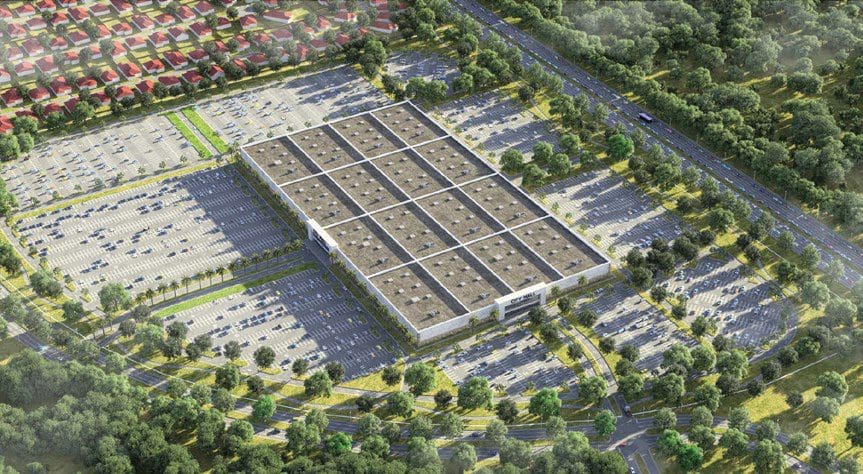
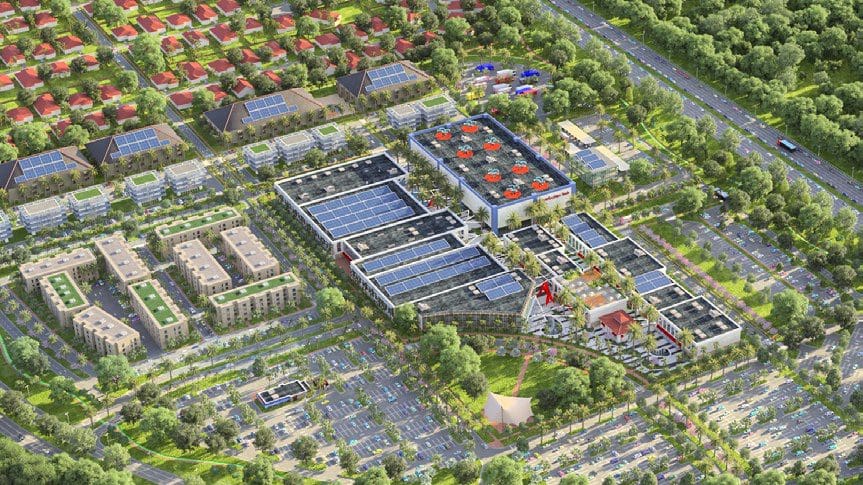
HOW WGI CAN HELP
Successful mall redevelopment does not follow a set template. Rather, several factors help drive the realization of your vision, including the need to adjust to changing markets, building design, technology, and preferences.
Whether you are a property owner, management company, or municipal official, our expert, multidisciplinary team is here to help you explore the opportunities, risks, and solutions for mall properties. WGI services include the following steps:
Step 1:
Strategy – WGI will work with your team through trend workshops and analyses, technology foresight and recommendations, and strategies to unlock the most value from your mall properties.
Step 2:
Feasibility – Our team will assess market demands, use-mix options, location, funding, financing, and leveraging incentives. Where needed, we will team with specialty and local economic-development firms.
Step 3:
Planning – Our land development and urban design teams will identify needed comprehensive plan and zoning updates, circulation, parking, and design options. Where appropriate, this step also assesses specialty uses and plans, such as logistic hubs, formbased codes, transit-oriented development, and amenity spaces. A final deliverable will include a site plan supported with potential funding and phasing options.
Step 4:
Graphic and Concepts for Public Engagement and Marketing – Our design team will supply renderings and graphics that communicate the value and excitement surrounding the transformation from shopping center to a new community asset.
Step 5:
Architecture, Entitlements, and Construction – We will get your site shovel ready with needed construction and environmental permits, rezoning, surveys, and site preparation. If vertical construction is involved, our structural team has expertise in mixed-use design, parking structures, and building conversion. We understand the complete process from concept to construction and the agencies with jurisdiction.
Examples:
GULF COAST TOWN CENTER
(Landscape and Park)
Gulf Coast Town Center is a mixed-use retail and entertainment shopping mall located on approximately 80 acres in Fort Myers, Florida. The center was originally developed in the 1990s, and the common areas throughout the center needed updating. WGI prepared conceptual hardscape, landscape, and signage design to re-brand and revitalize the center. WGI worked closely with the client to develop modern, exciting designs to attract visitors to the site, and help reinvigorate the center. After the conceptual design was complete, WGI navigated the project through Lee County entitlements and prepared its final construction documents. Services provided include planning, landscape architecture, civil engineering, structural engineering, and creative services.
DELRAY MARKETPLACE
(Site Planning and Landscape)
An upscale shopping center at the corner of Linton and Federal Highway, Delray Marketplace was formerly the home of a large multi-story office complex directly adjacent to waterfront single-family homes. WGI provided site planning and landscape architecture services for the infill site, with attention to buffering, featuring a proper landscape palette, and relocating existing trees throughout the site. The resulting gateway project contains 110,000 square feet of upscale dining and shopping space, which spurred the redevelopment of surrounding commercial centers.
For more information about this study or to have a conversation with one of our experts, please contact us!

